The Heart of Medina: Real Life in Morocco’s Alleyways
Moroccan medinas are historic centers where culture and tradition meet in narrow alleyways. Originally built for protection and community, these vibrant hubs, from Marrakech's red streets to Chefchaouen's blue alleys, have adapted over centuries. Modern influences bring change, but the medinas retain their cultural essence, balancing tradition and progress at the heart of Moroccan heritage.
Chaymae Alilouch
3/15/20257 min read
In Morocco’s medina (city), each alleyway reveals the pulse of daily life, offering insights into the people’s culture, the surrounding environment, and their traditions. Old medinas, like those in Fes and Marrakech, reflect the core social, cultural, and historical background of the cities. These ancient alleyways are not only physical spaces but living testimonies to centuries of tradition, where the past and present coexist. Furthermore, they are designed to reflect cultural values, foster daily interactions among citizens, and remain essential despite modernization.
“Have you ever wondered what life looks like when the world narrows down to a winding path?”
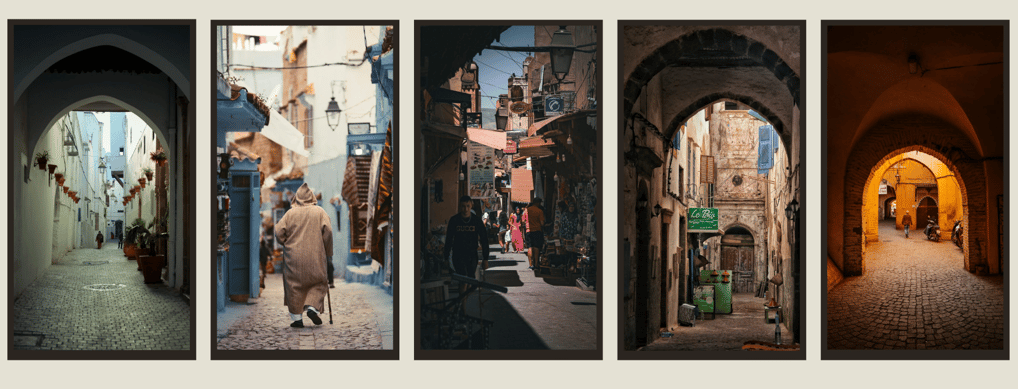

Morocco’s ancient cities were initially designed as fortified settlements to protect against invading forces. Most medinas have retained their original layouts, featuring narrow alleys and towering walls that provide a sense of security for their inhabitants. The earthy tones of these alleyways allow visitors to experience the authentic soul of Morocco. From the deep red hues of Marrakech to the warm tones of Fes and Meknes, these colors not only define the medinas’ aesthetics but also preserve their timeless charm.
Beyond their architectural beauty, medina alleyways have evolved into thriving hubs of trade and commerce. These bustling souks, filled with merchants selling everything from food to handmade crafts, sustain the community’s everyday needs. The blend of ancient design with modern economic activity makes these spaces historically significant and functionally vital.
The medina is alive with the sounds of daily conversations, children playing, and merchants calling out their goods. These alleyways are not just passages; they serve as centers of community life. Here, neighbors gather to exchange news, elders pass down wisdom, and artisans showcase their crafts. Intergenerational connections thrive in these spaces. Elders share life experiences, traditional skills, and moral lessons with younger generations, ensuring that traditions remain intact. This dynamic fosters a strong sense of identity, community, and mutual support among Medina residents.
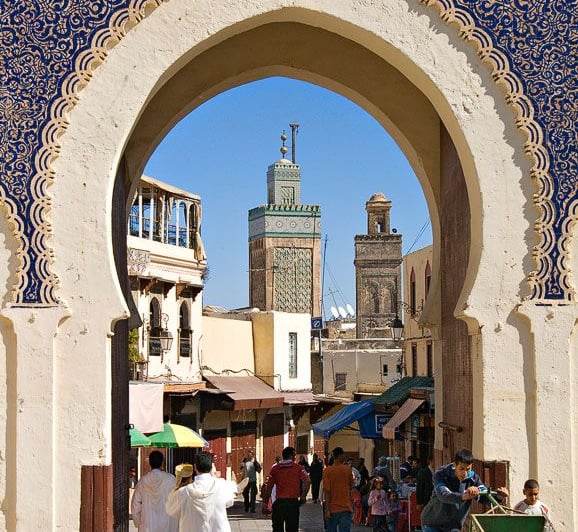

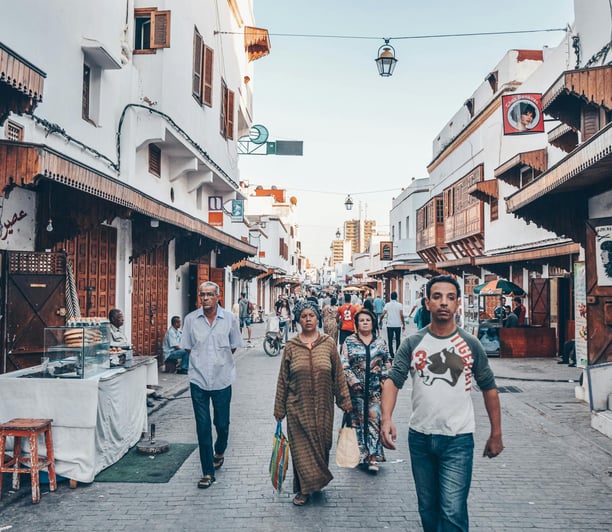

The practical design of Medina Alleyways
One of the most significant transformations has been infrastructure development. Roads and pathways have been maintained, and basic amenities such as water, electricity, and sanitation systems have been upgraded. These improvements enhance the quality of life for residents and make Medinas more accessible and appealing to tourists. Restoration efforts funded by the government and UNESCO have helped preserve the historical architecture while making these spaces more functional for modern living. Technology has also revolutionized interactions in the medina. The rise of smartphones, digital devices, and the internet has made communication easier. Local artisans, business owners, and souk merchants can now sell their products online, reaching a broader audience and driving economic growth within the medina. Online platforms allow tourists to book guided tours, access virtual shopping experiences, and learn about the historical significance of these alleyways before even setting foot in Morocco.
The Impact of Modernity on Medina Alleyways
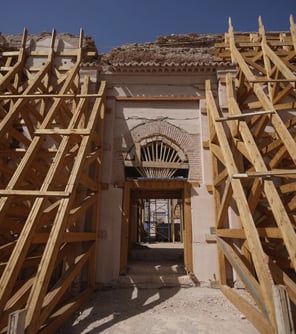

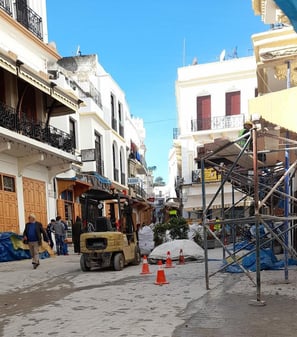

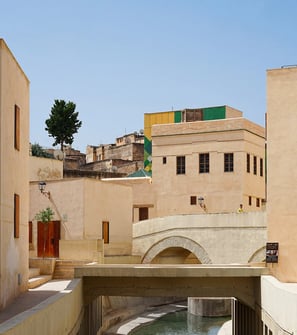

Fes: The Spiritual and Cultural Capital


Essaouira (formerly Mogador)
Rabat: The City of Kings
Chefchaouen: The Blue Pearl
Famous Moroccan Medinas and Their Alleys
Marrakech: The Red City
Meknes: City of a Hundred Minarets

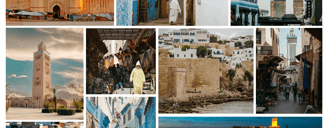
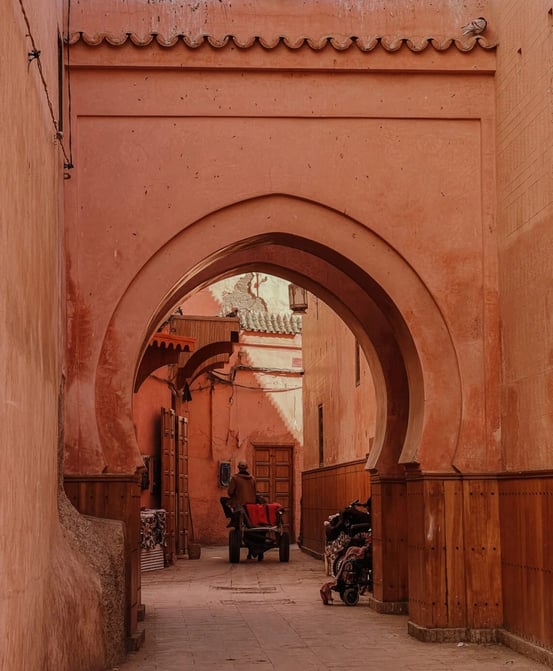

















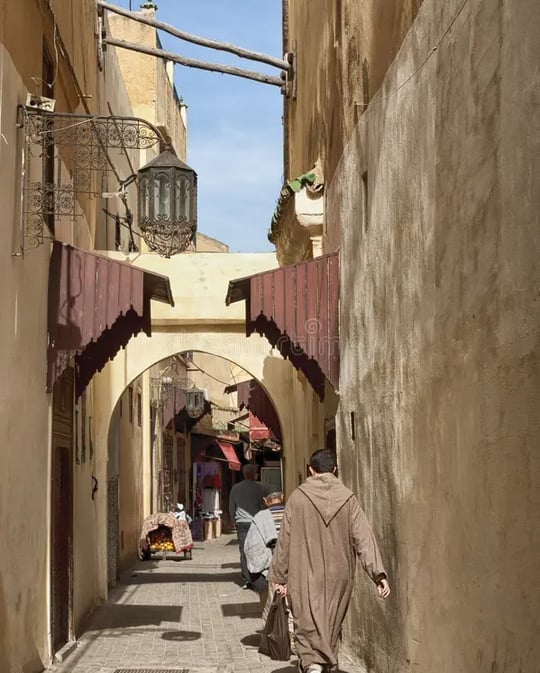

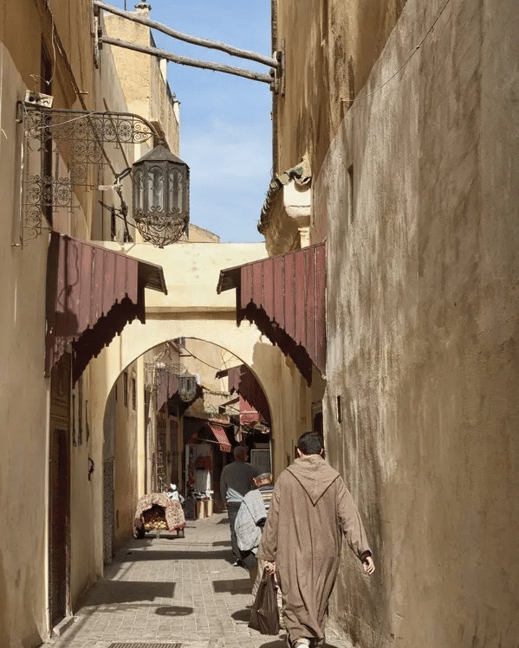

Meknes, once the capital of Morocco, boasts a well-preserved medina with grand gates, ancient mosques, and a lively souk, making it a charming yet less crowded alternative to Fes and Marrakech. Notably, the monumental Bab Mansour gate and the underground prison of Qara add a sense of mystery to the city's history. The city also features the Mausoleum of Moulay Ismail, a blend of classical and Moroccan styles, and the Sahrij-Souani, an impressive complex of royal stables and granaries.
At the heart of the medina lies El Hedim Square, a vibrant public space that comes alive, especially in the evenings. Established during the reign of Sultan Moulay Ismail in the late 17th century, the square was intentionally cleared to provide a grand approach to his palace. Today, it serves as a lively gathering place where locals and visitors alike enjoy the performances of street musicians, storytellers, and various entertainers, reflecting the city's rich cultural heritage.
Fes is home to one of the oldest medinas in the world, featuring narrow labyrinth-like alleyways, historic madrasas, and traditional tanneries. The heart of Fes is made up of two main areas: Fes el-Bali, which is the oldest and largest part of the city, and Fes el-Jedid, which was built in the 13th century by the Marinids as a new administrative center. Both are surrounded by ancient walls that still stand today. The UNESCO-listed Fes el Bali is a must-visit, showcasing centuries of Moroccan heritage. With over 10,000 winding streets, it is one of the largest car-free urban zones in the world, making it a uniquely immersive historical experience.
Marrakech, or the "Red City" as it's lovingly called because of its iconic red sandstone buildings, was founded in 1070 by the Almoravids, the city became a flourishing imperial capital, marked by grand palaces, bustling souks, and architectural wonders that still define its character today. At its heart lies the famous Jemaa el-Fnaa, a square that transforms from a lively daytime market into a mesmerizing nighttime spectacle filled with storytellers, musicians, and food stalls. Beyond the square, the medina unfolds into a labyrinth of hidden riads, spice-scented souks, and centuries-old mosques. The towering Koutoubia Mosque, with its minaret visible from miles away, serves as a guiding landmark amidst the winding paths.
Rabat has been around for a long time. It was founded in the 12th century by the Almohad dynasty as a military fortress, and its name, “Rabat,” actually means “fortified place.” Over the years, it grew into an important city, with different dynasties like the Merenids and Alaouites adding to its rich history. Today, Rabat is a great blend of history and modern life. It honors its past while also keeping up with the times.
Essaouira was founded in the 18th century by Sultan Mohammed III as a fortified town that blends European military design with traditional North African styles. This unique combination helped the Medina earn UNESCO World Heritage status. Over the years, Essaouira has been home to Jewish, Arab, and Berber communities, all living together in harmony. Today, the city continues to celebrate its rich cultural heritage with events like the Gnaoua World Music Festival, drawing people from all over the world. The relaxed vibe of the city, combined with its beautiful coastal views, makes it a must-visit destination for anyone looking to experience the charm of Morocco.
Chefchaouen was founded way back in 1471 by Ali ibn Rashid al-Alami as a small kasbah to protect against Portuguese invaders. Over the years, it grew into a lively cultural hub, with Muslims and Jewish refugees from Spain adding their unique traditions to the mix. The town’s iconic blue color, which many believe was brought by Jewish refugees in the 1930s, symbolizes faith and spirituality. But Chefchaouen isn’t just about its beauty. The city really comes alive with events throughout the year. The Chefchaouen Arts Festival in June turns the whole place into an outdoor gallery, with art, music, dance, and theater filling the streets. These days, Chefchaouen’s rich mix of history, culture, and natural beauty keeps drawing people in from all over the world.
“…but in the medina, I walk as if I were seeing an invisible map, as if I had already walked there before in another life and always, somehow or another, I end up finding the way.”
- Anonymous tourist comment on Traveladviser
The medina does not reveal itself all at once. At first, the alleys twist unpredictably, the scents and sounds overlapping like fragments of a forgotten memory. A traveler might feel lost, yet the streets begin to feel familiar with every step, as if whispering a quiet welcome. The clang of a blacksmith’s hammer, the flicker of a lantern behind a carved wooden door, the warm greeting of a vendor passing a cup of mint tea—each moment forms an unseen thread, weaving the past and present into something whole.
The medina is a place where history and daily life intertwine, preserving traditions while adapting to modern changes. Despite the evolving infrastructure and the influence of technology, these alleyways remain central to the social and economic fabric of Moroccan cities. They continue to be spaces where artisans practice age-old crafts, merchants sustain local commerce, and communities foster deep-rooted connections. Whether in the lively souks of Marrakech, the tranquil blue streets of Chefchaouen, or the historic lanes of Fes, the medina remains an essential part of Morocco’s identity, balancing the past and present in a way that few places in the world can.
